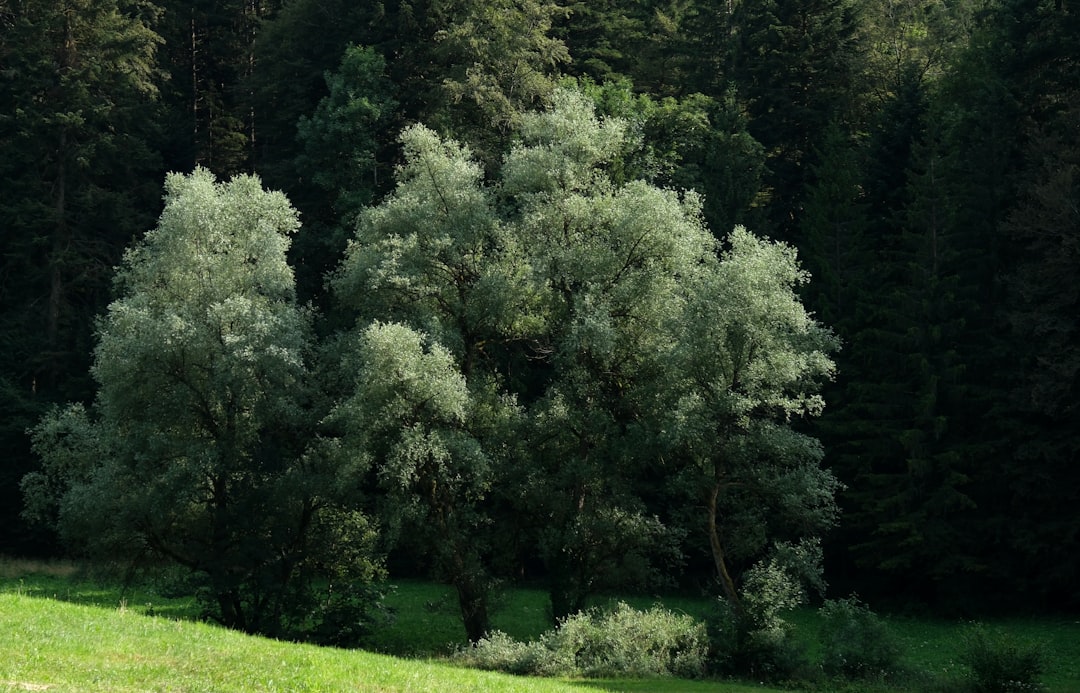The Secret to a Thriving Yard: Fall Pruning Do's and Don'ts

Maintaining a beautiful yard is a labor of love, and one of the key aspects of yard care is knowing when and what to prune. In the world of gardening, fall is a time of transition, and while it might seem like a good idea to tidy up your garden by cutting back shrubs and perennials, there are actually several common varieties that should be left untouched until spring. By following these guidelines, you can ensure that your plants remain healthy and produce an abundance of flowers in the coming seasons.
First, let's understand why some plants should not be pruned in the fall. Many shrubs and perennials go through a natural process of dormancy during the winter months. Cutting them back in the fall can disrupt this natural cycle and leave the plants vulnerable to cold damage. Additionally, the foliage that remains on the plants provides insulation and protection from the harsh winter elements. By leaving the plants intact, you are essentially giving them a better chance of surviving the cold and emerging stronger in the spring.
One group of plants that should be left alone in the fall is ornamental grasses. These grasses add texture and movement to the garden, and their seed heads can provide food for birds during the winter. Cutting them back in the fall can remove this valuable food source and also expose the crowns of the grasses to freezing temperatures. Instead, wait until early spring to cut back the grasses, just before new growth begins. This will allow the plants to go through their natural dormancy period and also give you a chance to enjoy their winter beauty.
Another type of plant that should not be pruned in the fall is hydrangeas. There are several different varieties of hydrangeas, and each has its own unique pruning requirements. However, in general, most hydrangeas form their flower buds on old wood, which means that cutting them back in the fall will remove the buds and result in fewer flowers the following year. To ensure a bountiful display of blooms, it's best to wait until after the hydrangeas have finished flowering in the summer or early fall to do any pruning. This will give the plants enough time to form new buds for the next season.
Roses are another popular garden plant that should be handled with care when it comes to fall pruning. While some types of roses, such as hybrid teas, can be pruned lightly in the fall to remove dead or diseased wood, it's important not to over-prune them. Cutting back roses too severely in the fall can stimulate new growth, which is vulnerable to cold damage. Instead, focus on removing any dead or damaged canes and leave the rest of the pruning until spring. This will help the roses survive the winter and produce healthy new growth in the spring.
Perennials are also an important part of any garden, and many of them should not be cut back in the fall. For example, coneflowers, black-eyed Susans, and sedums all provide valuable winter interest and food for wildlife. Their seed heads can remain on the plants throughout the winter, adding texture and color to the garden. Additionally, the foliage of these perennials helps to protect the crowns of the plants from freezing temperatures. By leaving them intact, you are not only enhancing the beauty of your garden but also providing a habitat for beneficial insects and birds.
In addition to the plants mentioned above, there are several other shrubs and perennials that should be left unpruned in the fall. These include lilacs, forsythias, and azaleas, which all form their flower buds on old wood. Cutting them back in the fall will remove the buds and result in fewer flowers the following year. It's also important to avoid pruning any plants that are stressed or diseased, as this can further weaken them and make them more susceptible to winter damage.
So, how should you care for your yard in the fall if you're not pruning? Instead of cutting back your plants, focus on other tasks such as mulching, fertilizing, and watering. Mulching is an important step in protecting your plants from the cold and retaining moisture in the soil. Apply a layer of mulch around the base of your plants, taking care not to pile it up against the stems. This will help to insulate the roots and prevent them from freezing.
Fertilizing your plants in the fall can also help them to store energy for the winter and promote healthy growth in the spring. Choose a slow-release fertilizer that is specifically formulated for the type of plants you have in your garden. Follow the instructions on the package carefully, as over-fertilizing can be harmful to your plants.
Finally, make sure to water your plants regularly throughout the fall, especially during dry spells. This will help to keep the soil moist and prevent the roots from drying out. However, be careful not to overwater, as this can lead to root rot and other problems.
In conclusion, caring for your yard in the fall involves more than just cutting back your plants. By understanding which shrubs and perennials should not be pruned in the fall, you can ensure that your plants remain healthy and produce an abundance of flowers in the coming seasons. Remember to focus on other tasks such as mulching, fertilizing, and watering, and enjoy the beauty of your garden throughout the winter months.